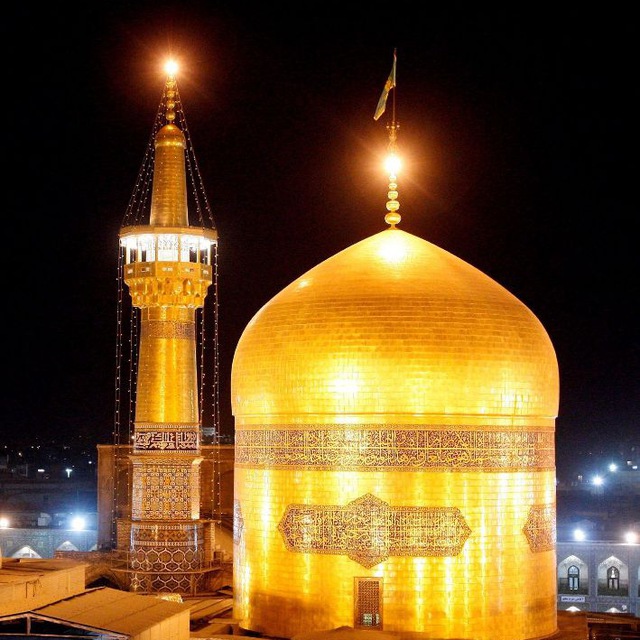Appointed or elected judge?
The famous theory in Imami jurisprudence is the installation of a judge by the Islamic ruler, but Ayatollah Shahid Beheshti, who, in addition to mastering jurisprudence, was aware of the harms of government jurisprudence and its effects on the independence of judges, tried to minimize the role of the sovereign in jurisprudence in the constitution. deliver and design judgment as a selective institution.
Before the constitutional referendum, he raised the issue of the possibility of direct election of the people in the judiciary, such as the executive and legislative branches, and considered it legitimate and even desirable, but added: “It is not practical in the current situation.” There, he referred to the debates of the previous days in the Assembly of Constitutional Experts and the objections that had been raised with this idea.
During the drafting of the constitution, Beheshti insisted that high judicial officials, such as the head of the Supreme Court and the Attorney General, should be elected by the judges and then their verdicts would be signed by the leadership. Finally, this opinion of his was not approved due to the opposition of Ayatollah Montazeri and Dr. Hassan Ait, and installation took the place of choice. But in the constitution, it was specified that this installation should be done with the consultation of the judges of the court (Article 162). In addition, in that law, it was predicted that at the head of the judiciary is a council of five members, in addition to the two appointed jurists, the other three members are elected. Therefore, the selection aspect was dominant in judicial management.
With the changes that happened in 1968 in the constitution, the influence and authority of this power was complete. On the one hand, with the dissolution of the Supreme Judicial Council, there was no place left for the elected members of the council, and on the other hand, for the appointment of the head of the judiciary, the matter of consultation and opinion of the judges was rejected.
However, it should not be assumed that jurisprudential opinions are completely compatible with this executive process in the system. Fortunately, free-thinking jurists continue their way based on the tradition of ijtihad of the seminary, and the idea of selective judgment is still alive.
Here, as an example, we can refer to the supreme authority of Hazrat Ayatollah Sistani, who defends elected judges in his jurisprudence. The interpretations of his students from his lessons show that this sharp-sighted and clear-eyed jurist paid attention to the problems of the dependence of judgment on the government, and with an innovative view and based on evidence, he found a way to elect a judge by the people. The rejection of the ruler takes place after the judge is elected by the people.
It is a matter of happiness that if we unfortunately lost the valuable legacy of martyr Beheshti in the system, but the idea of Shia ijtihad is still in monogamy and its proud history shows that no power has been able to stop it.
@mohammadsorooshmahallati
This post is written by monese_ghamgosar
